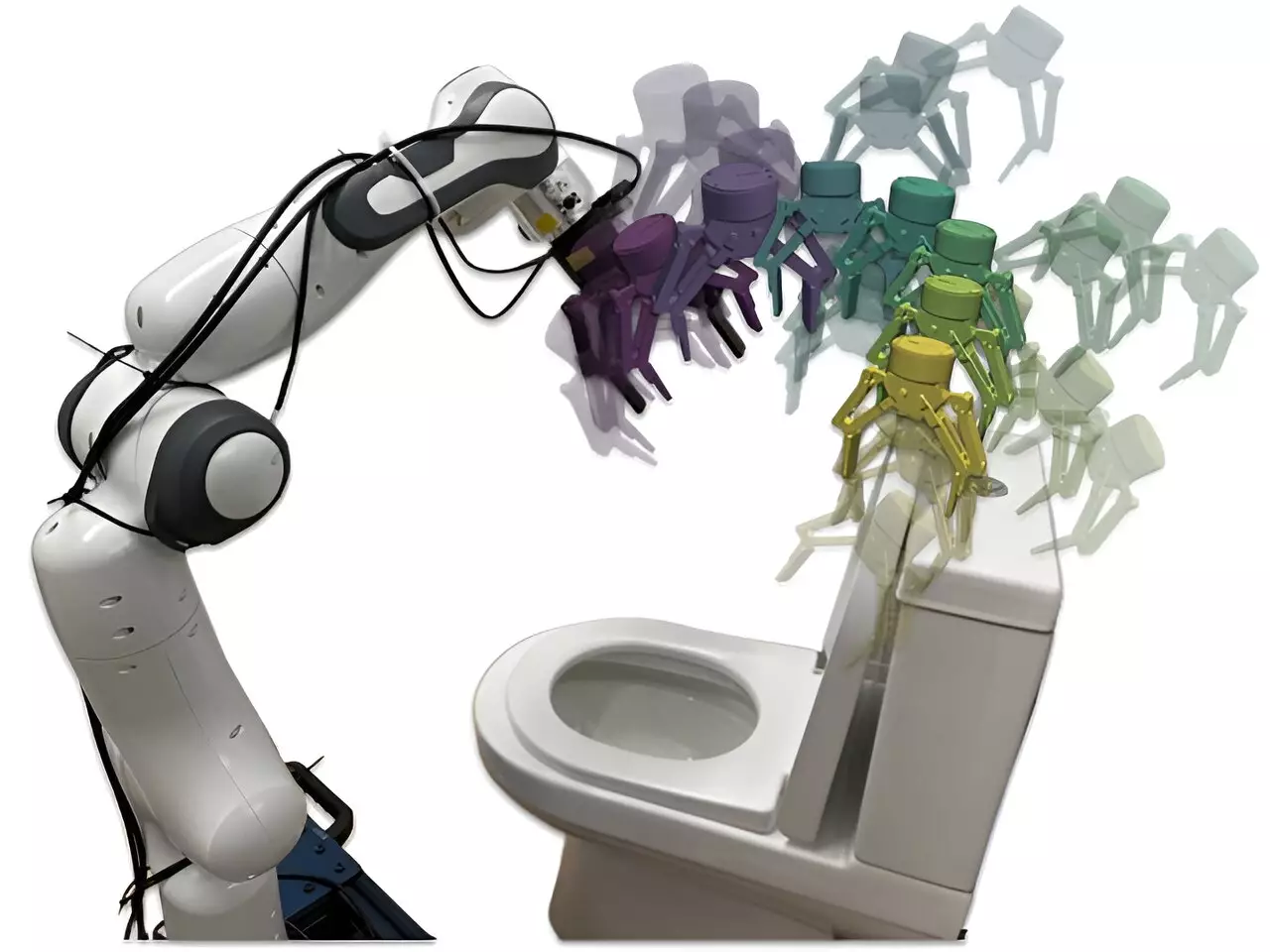Robotic learning has seen significant advancements in recent years, with researchers constantly exploring new methods to enhance robots’ ability to learn and adapt to new tasks. One such groundbreaking approach was introduced by researchers at Imperial College London and the Dyson Robot Learning Lab in the form of the Render and Diffuse (R&D) method. This method aims to revolutionize the process of teaching robots new skills by unifying low-level robot actions and RGB images through virtual 3D renders of a robotic system.
Teaching robots to successfully and reliably tackle new tasks has always been a significant challenge in the field of robotics. Traditional methods often require a vast amount of human demonstrations and struggle with spatial generalization when objects are positioned differently from the demonstrations. Predicting precise actions from RGB images is particularly challenging when data is limited, making it difficult for robots to learn effectively.
The R&D method presents a novel approach to robotic learning by allowing robots to ‘imagine’ their actions within images using virtual renders of their own embodiment. By representing robot actions and observations together as RGB images, robots can learn various tasks with fewer demonstrations and improved spatial generalization capabilities. This approach simplifies the learning problem for robots, enabling them to predict actions more efficiently and complete tasks with greater accuracy.
The Render and Diffuse method consists of two main components. Firstly, virtual renders of the robot are used to enable the robot to envision its actions in the same way it perceives the environment. This rendering process helps the robot simulate the consequences of different actions and plan its movements accordingly. Secondly, a learned diffusion process refines these imagined actions iteratively, guiding the robot towards a sequence of actions required to accomplish the task at hand.
The R&D method has shown promising results in simulations and real-world tasks, significantly improving the generalization capabilities of robotic policies. By utilizing widely available 3D models of robots and rendering techniques, this method can simplify the acquisition of new skills while reducing the need for extensive training data. The reduced data requirements signify a major breakthrough in robotic learning, as it lessens the labor-intensive process of collecting numerous demonstrations to train robots effectively.
Looking ahead, the R&D method introduced by the research team holds immense potential for further applications in robotics. The method could be tested and adapted for a wide range of tasks that robots could perform, opening up new possibilities for robotic learning. Additionally, the success of the R&D method could inspire the development of similar approaches aimed at simplifying the training of algorithms for various robotics applications. The combination of powerful image foundation models trained on vast internet data presents an exciting avenue for future research and innovation in the field of robotic learning.


Leave a Reply